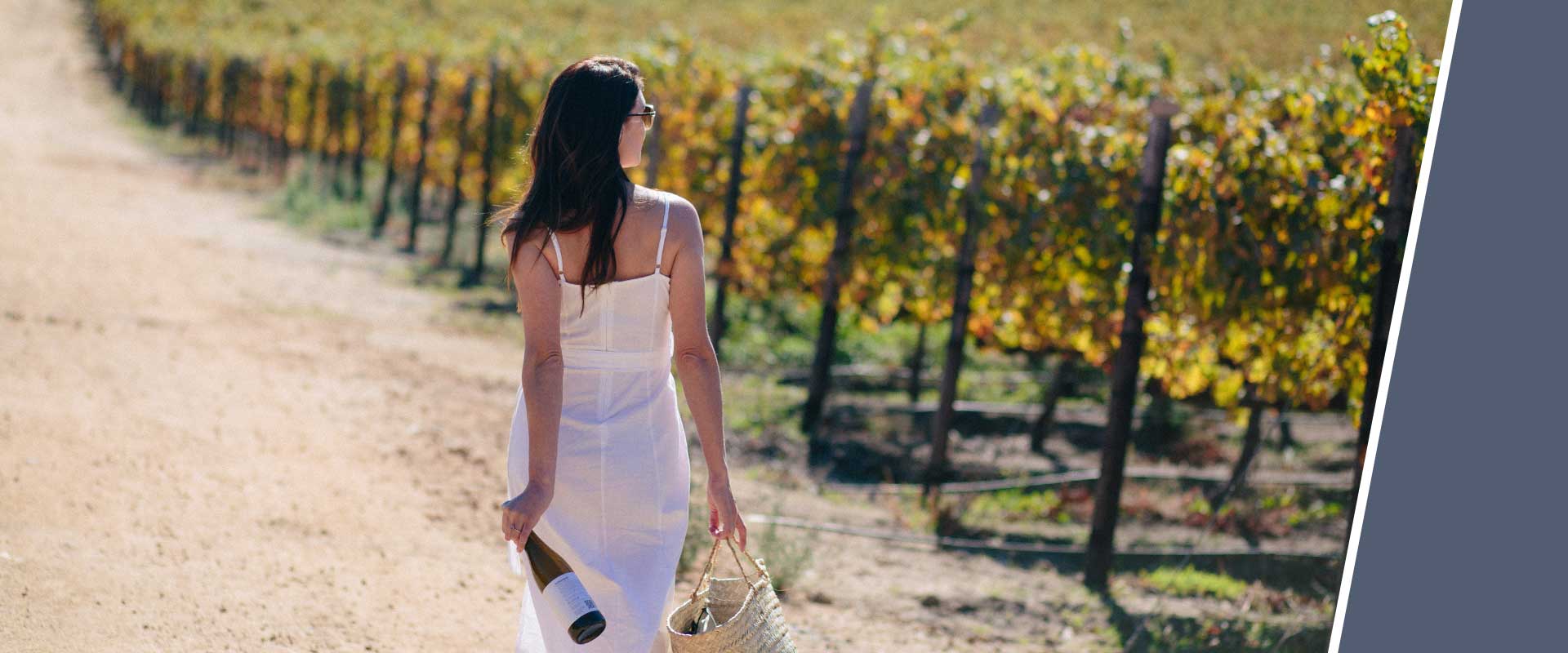
Rheinhessen – the land of a thousand hills
The gently rolling hills that meander along the Rhine lend Rheinhessen something of a fairytale – it is not for nothing that the largest wine-growing region in Germany in terms of area is also known as the "Land of a Thousand Hills". The mild climate is simply perfect for winegrowing, which in this region is largely devoted to white grape varieties. Let yourself be enchanted by Rheinhessen and its wines!
The enormous wine variety in Rheinhessen
The biggest German wine-growing area Rheinhessen is not, to what may be assumed, in the federal state of Hessen, but in the idyllic Rheinland-Pfalz. The approximately 26,800-hectare wine-growing area extends in the triangle of the cities of Mainz, Worms and Bingen and is bordered to the north and east by the loop of the Rhine. The extensive vineyards with their different locations offer an enormous variety of different wines. Winegrowers from Rheinhessen take advantage of the diverse soil conditions and altitudes and create not only sweet and smooth wines, but also full-bodied, dry wines with a strong character.
Wines from Rheinhessen are characterized by a long wine tradition that reaches back to Roman times. For example, the single vineyard "Glöck" was first mentioned in a document back in the year 742. In the middle of the 19th century, Rheinhessen's wines experienced an immense upswing. At that time, they were considered the best and most expensive wines from Germany worldwide. However, due to high wine production and extensive exports, the wine culture of Rhinehessen increasingly lost quality. As a result, the top wines fell into oblivion and were replaced by cheap mass products. Towards the end of the 20th century, a new generation of passionate winemakers catapulted Rheinhessen back to the top of the wine world through modern technology with new knowledge.
